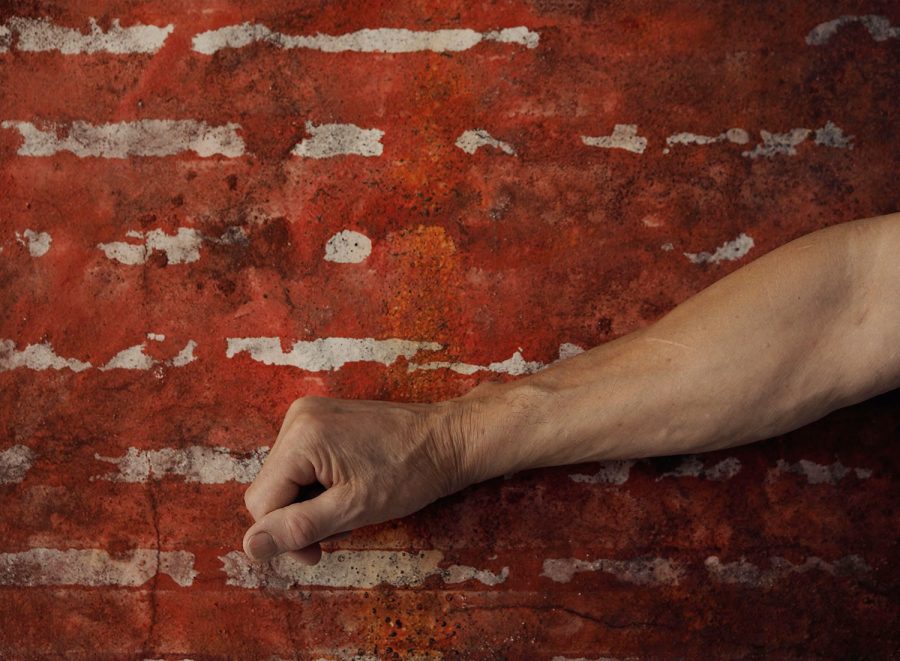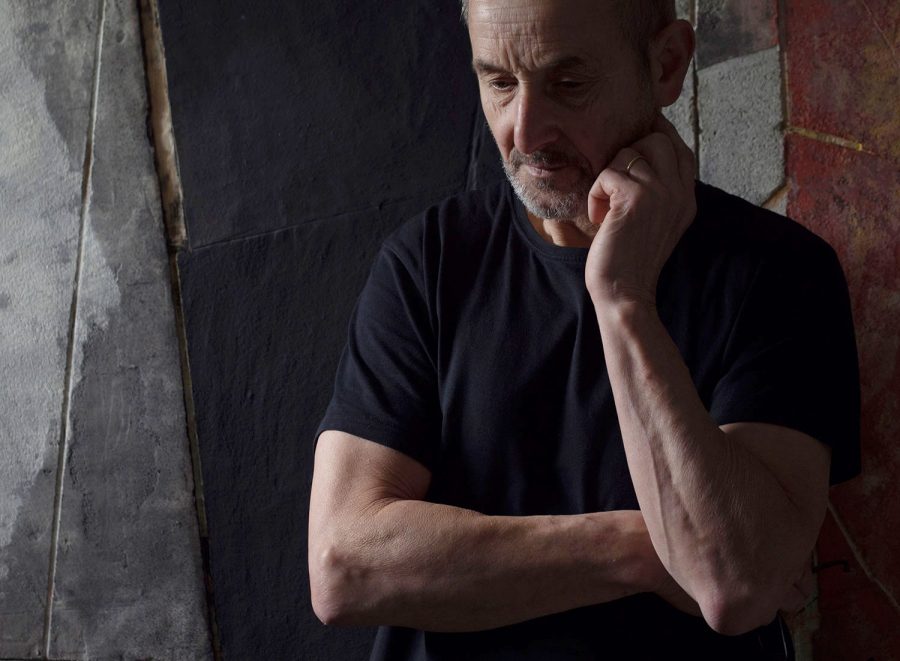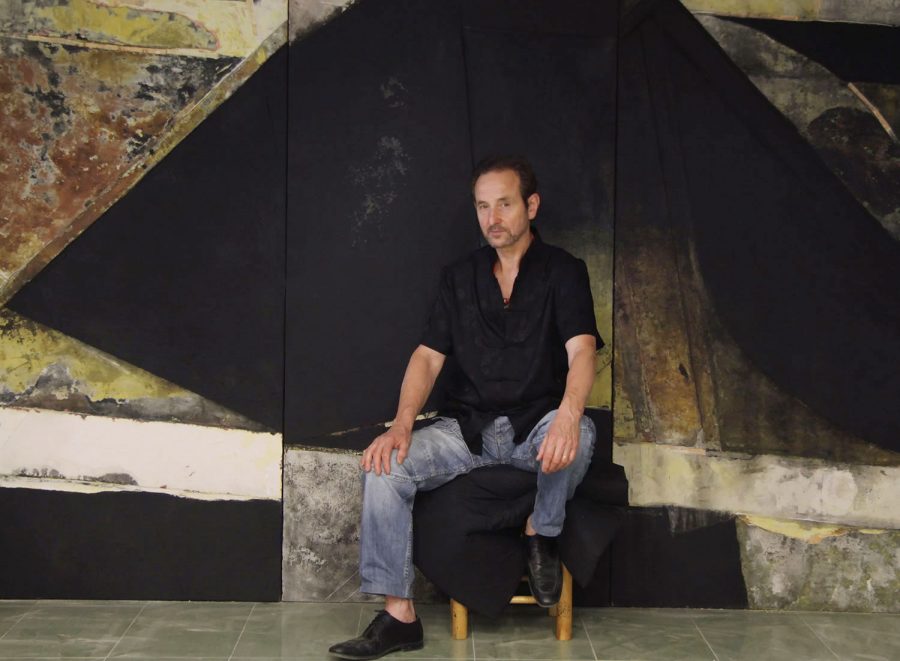Alfredo Bikondoa is not a conventional artist. His artistic trajectory and his vital course evidences it. There was a moment in his life when he realized that creating for creating was of no interest to him at all. The exercise of art in itself did not solve his great existential questions. Hence he abandoned the artistic projection and embarked on a long inner journey that endures today. For almost twenty years he deepened in a spiritual search that took to the practice of Zen. After this deep asceticism, he returned to the art world, but from a higher consciousness. Painting, sculpting was no longer a goal, but a tool, a vehicle of self-realization, of transmission. His work, like his person, underwent a transformation becoming a more profound and essentialist work



His words are significant: “I paint to develop the consciousness that relates with the ultimate reality; To be awake in the present continuous, manifesting the essential nature itself. (…) My paintings are nothing more than research and experiment. My life is a constant investigation of the mystery of the beyond, of ‘That’ close to myself, of the deep mystery of existence, of human contradiction, of the ambiguity of the whole. (…) I am not interested in liking or pleasing, I am interested in touching the heart, but not the affective but the heart that is related to ‘everything’, alpha and omega, nucleus, matrix, origin and final … but always eternity. ” The return of Bikondoa has been highly celebrated by critics and art lovers, as expressed by Alfonso de la Torre: “It is not very frequent – in the times that run – the finding of the work of such an artist.
Silent, of its own accord, since the mid-seventies, the return to the painting of Alfredo Bikondoa is to be described as a joyful act for those who love it. The many years of meditation are not to be considered alien to the artistic life, but rather as an inescapable complement from which the artist has been reinforced. His recent expositions are based on the thesis above: his pictorial voice was not that of an artist apart from painting but rather the voice of an intensely reflective artist who has applied his meditation to the obtaining of a voice, of a very timbre Own, closely linked to the tradition of contemporary art. “
